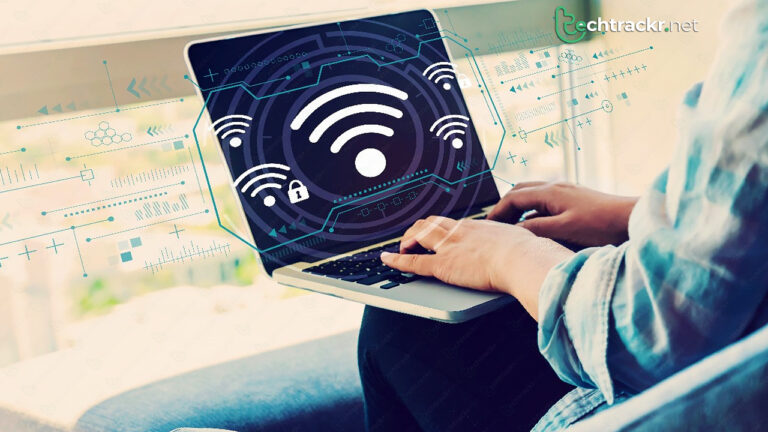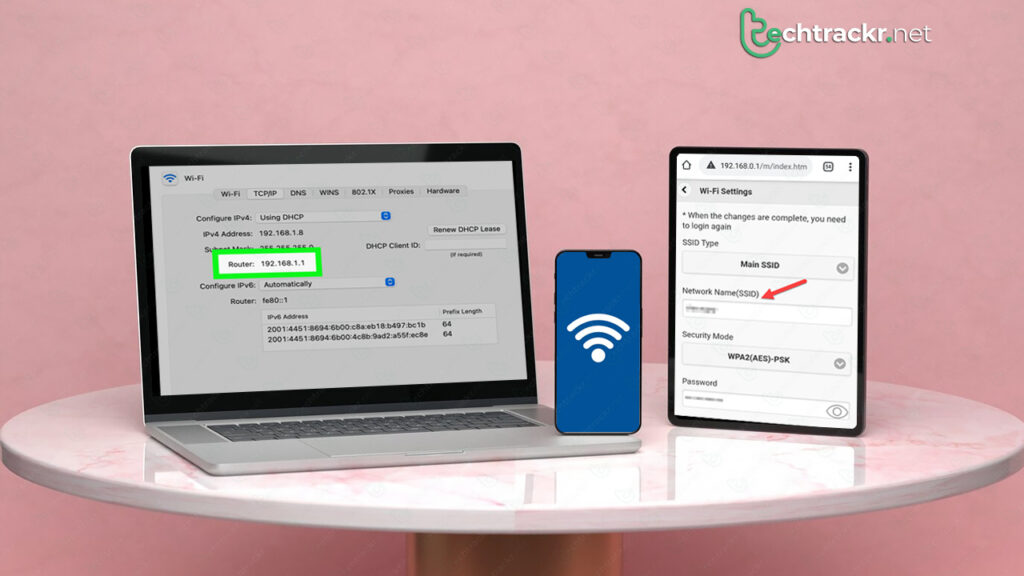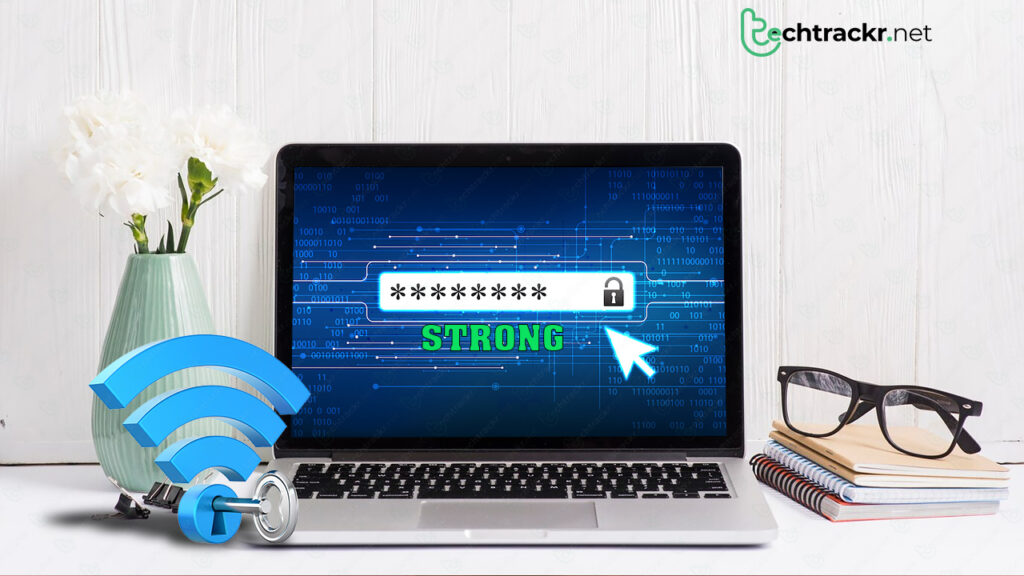
How much do you count on your home Wi-Fi? If you’re like most folks, you depend on it for online banking, paying your credit card, booking hotels, chatting with friends, and streaming movies. That’s a bunch of stuff happening. Plus, in a lot of situations, everything from laptops and phones to security systems, thermostats, and ACs are all hooked up to your home Wi-Fi.
This is great, but if not protected, your home Wi-Fi network can be a hotspot for scammers, hackers, and other cyber baddies. A tiny weak spot in your home Wi-Fi could give these crooks access to nearly all the gadgets connected to your network. Without precautions, they could sneak into your online banking or swipe your credit card deets. They might snoop on your chats with your doc or hit your devices with sneaky software.
Luckily, you can lock down your home Wi-Fi with a few easy moves, which can help keep those cyber criminals away.
Network encryption should be enabled
Almost every wireless router has an encryption feature. However, for most routers, it’s switched off when you get it. Switching on your router’s encryption setting can really beef up your network’s security. Remember to switch it on right after your broadband provider sets up the router. Among the various types of encryption out there, the latest and strongest one is “WPA2.”
Also Read: How to open files on ChromeOS: Simple tricks and tips

Set a new name for your home Wi-Fi
Start by changing the SSID (service set identifier) or name of your Wi-Fi network. Most manufacturers use a default SSID, often their own company name. When your computer looks for and shows nearby wireless networks, it reveals all networks broadcasting their SSID. This gives hackers an easier shot at getting into your network. It’s safer to change the network’s SSID to something that doesn’t give away any personal info, making it harder for those hackers to crack in.
Stop broadcasting network name
When you’re using a wireless router at home, it’s a good idea to turn off the broadcasting of your network name to the public. When other users nearby are searching for a Wi-Fi network, their devices will display a list of nearby networks they can connect to. However, if you disable the name broadcasting, your network won’t be visible, keeping your Wi-Fi connection hidden from those who aren’t specifically looking for it.
This feature is helpful for businesses, libraries, hotels, and restaurants that want to provide wireless internet access to their customers, but it’s not really needed for a personal Wi-Fi network, like the one you have at home.
Make sure router is always updated
At times, a router’s firmware, just like any other software, might have some issues that can turn into big security holes unless the manufacturers release a quick fix. Make it a habit to install the latest software for your router and grab the newest security patches as soon as they come out. This will boost your chances of keeping those hackers out of your Wi-Fi network.

Use a strong and unique password.
Most wireless routers come with a default password already set. This default password is a piece of cake for hackers to figure out, especially if they know the router brand. When picking a strong password for your Wi-Fi, make it a point to use at least 20 characters, including numbers, letters, and symbols. The more complex your password, the harder it is for those hackers to worm their way into your network
Also Read:
Make use of VPNs
A virtual private network, also known as VPN, creates a private and encrypted tunnel to scramble and convert the data you send and receive over Wi-Fi connections into an unreadable and untraceable format. It’s a way to make sure that the info you share during your online activities stays safe and private. People can use VPNs as a way to secure and encrypt their online communications.
Above all, take a look at which gadgets are linked to your home network and be certain they’ve got trustworthy, all-encompassing security software, like Norton 360, to guard against viruses, malware, spyware, and ransomware.
Always have a good firewall
A “firewall” is meant to shield computers from malware, viruses, and other harmful intruders. Most wireless routers have built-in firewalls, although they might be shipped with these firewalls switched off. Double-check that your wireless router’s firewall is switched on. If your router doesn’t come with a firewall, it’s important to set up a solid firewall on your system to protect against any shady attempts to access your Wi-Fi network.
